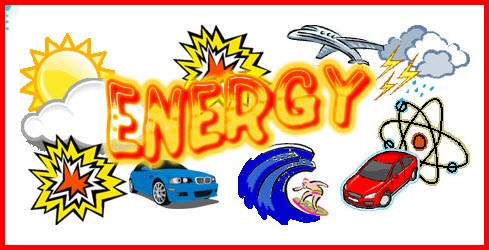‘
It’s Not Front Page News, But Europe Imports A Lot Of Energy
On average European countries import half their energy needs.
The one exception is Denmark which exports some energy.
They import 90 % of the oil, 66 % of their natural gas and 40% of the nuclear fuel.
While this costs over a billion euros a day, the biggest problem is where most of this energy comes from.
Because most of it comes from volatile, conflict ridden regions of the world.
Here is what Hannah Smith has to say in here article.
Some of this is about Russia
Even Compare the Market’s Sergei would agree that Europe has a rogue gas supplier. The Kremlin, many a time, has threatened to — or actually has — cut off continental Europe’s gas supply. Prices have been hiked and energy contracts have been used as foreign policy levers. Ukraine faced a 44 percent price increase after Russian-owned Gazprom insisted Kiev had defaulted on debt.
But switching isn’t “simple.”
In 2013, a third of Europe’s gas came from Gazprom. Our reliance on Russian energy renders Moscow virtually immune from the consequences of its policies…
It’s Mostly A Bigger Problem
Russian gas is only part of the picture. Much of Europe’s 90-percent-imported crude oil supply is equally precarious. Sophisticated missiles and increasingly sophisticated Somali pirates all threaten the petrol in our pumps. From the Suez Canal to the Strait of Hormuz, our imported petroleum travels a perilous route.
A fifth of the world’s oil is transported through the Strait of Hormuz, which Iran continually threatens to block in response to sanctions. The Malacca Strait carries around 40 percent of global trade and a third of seaborne traded oil. Ninety percent of Japanese oil comes through this lane, as does 80 percent of China’s. In a region where maritime territorial disputes are ten a penny, the race is on to populate the strait with naval hardware (mainly submarines) to deter any neighbours from imposing a blockade.
When energy is traded between states with different political outlooks energy can become a tool of politics. Where vulnerable transportation exists it could become a tool of war.
A Better Approach
As our world becomes increasingly interconnected it becomes more difficult to separate energy from the other security issues we face. Energy is the thread that binds poverty and education, disease and women’s rights, climate change and migration, economic stability and resource scarcity — and lies behind how all of those interact with each other.
A lack of energy keeps girls out of school. A supply keeps the lights on in hospitals. A lack of energy forces migration. A supply bolsters economies. A lack of energy reduces the amount of food each area produces. A supply helps us communicate, do business and grow.
Energy is fundamental to life. And that means we need to take energy security for what it really is. It’s time to get real.
For more insights on this problem check out the rest of Hannah’s article.



